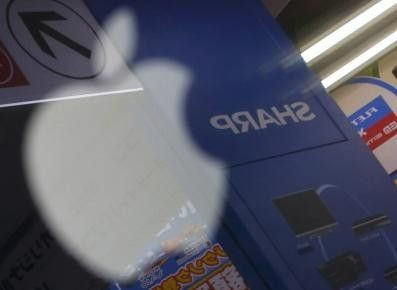Apple's Haptic Tech Will Drive Technology of the Future Including Touchable UIS

Apple products have been a subject of examination and standards for the past years especially following the company's success. The MacBook has been one of its most successful lines and recent insights suggest that examining the laptops closer can foretell the future of UIS. The 13-inch MacBook and its trackpad particularly offer a peek into the future of UIS based on haptic technology.
Look into the technology of the 13-inch MacBook and notice how the trackpad does not seem to click at all. The illusion can be considered as the latest innovation from the tech giant. Specifically, Taptic Engine depends on the technique discovered some two decades ago. The system works with an lectromagnetic motor to trick the fingers into thinking that there are components or sensations over a device despite not being there. For instance, in the trackpad, people feel like they are clicking something although it really does not work that way.
Nonetheless, Wired thinks that the inclusion of the Taptic Engine on the MacBook implies more intriguing things to come in future technologies. In fact, people should expect more sophisticated things beyond the dumb motors. The future could reveal game controllers and phones that could shake. Former Apple designer hints:
Today's Apple announcement made possible by Margaret Minsky's lateral-force haptic texture synthesis research, 20 years ago. Thanks Marg!
- Bret Victor (@worrydream) March 9, 2015In another report, Apple seems to be working on more innovations as the U.S. Patent & Trademark Office granted another patent pertaining to iMac virtual keybords. According to Patently Apple: "The device could use the same kind of board construction that is currently being used with their Magic Trackpad." The keyboard will use advanced haptics including actuators under the keys to make it seem like the user is really typing on physical keys. Much like how the trackpad on the MacBook creates the illusion. As with other Apple patents, this may or may not find its way on actual release.
To report problems or leave feedback on this article, email: p.silva@ibtimes.com.au.





















